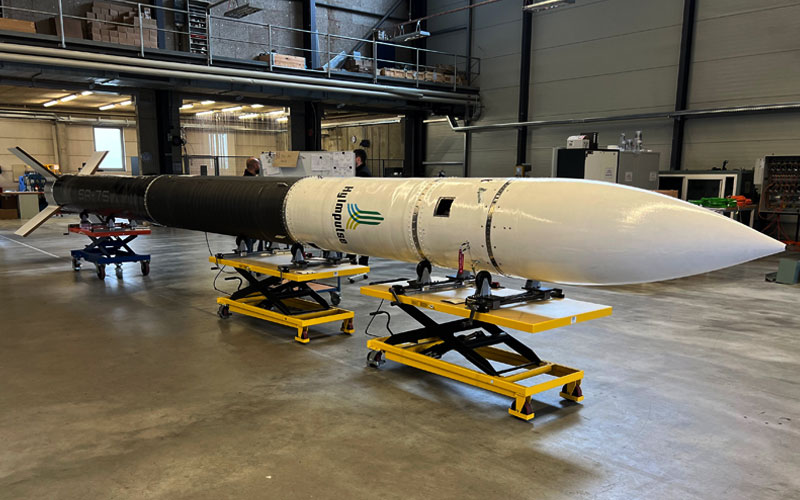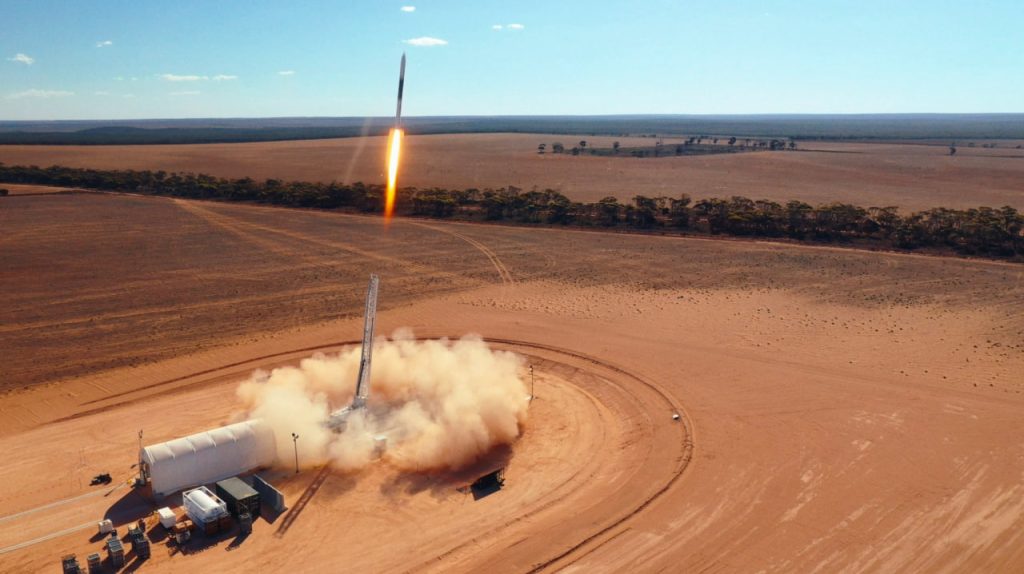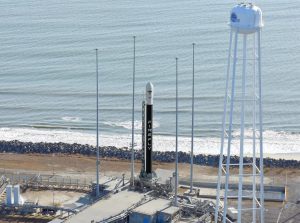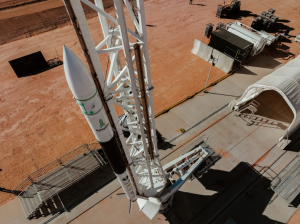HyImpulse Nails Paraffin Based Propulsion For Launch Vehicles
20th May 2024
On 3rd May, HyImpulse test-launched its first commercially viable rocket, SR75. It lifted off at 14:40 PM ACST (7:10 AM CET) from the Koonibbaa Test Range in Australia. This launch marks more than just a new rocket company reaching the market. This was also a successful test of a new concept utilizing oxygen and paraffin based propulsion.
A Successful Test Launch For The SR75 Rocket
According to HyImpulse’s press release, the launch vehicle’s hybrid rocket propulsion system operated as planned. Now, after the successful launch, the SR75 rocket will be recovered for further examination and data analysis.
Characteristics Of The SR75 Rocket
The 12-metre-long and 2.5-tonne single-stage SR75 rocket can transport small satellites weighing up to 250 kg to an altitude of around 250 km. With this launch, HyImpulse introduced a new propulsion concept utilizing paraffin (candle wax) and oxygen as fuel.
Paraffin Based Propulsion – Is It A Better Option?
Paraffin is both cost-effective and inherently safe as a fuel. It serves as an alternative to conventional liquid or solid fuels and does not pose the risk of explosion.
Additionally, this innovative design significantly simplifies the construction of launch vehicles. Paraffin based propulsion reducing costs by an impressive 40 percent compared to traditional propulsion systems.
“Our utilization concept is designed for the cost-effective transport of small satellites into space. This enables the implementation of privately funded environmental and climate projects, research projects, as well as navigation, telecommunications, and more. The demand for commercial launch vehicles for the transportation of satellites in Europe is substantial,” said Dr. Christian Schmierer, co-founder and co-CEO of HyImpulse.

Notably, the new paraffin based propulsion technology provides a 50 per cent cost reduction compared to traditional kerosene-based launch vehicles.
“Setting up a commercial launch vehicle equipped with entirely new propulsion technology up for launch and lift-off with such an efficient team and a relatively small budget is quite a feat. We’re signalling Germany’s prowess as a spacefaring nation and expanding Europe’s access to space,” added Dr. Mario Kobald, co-founder and co-CEO of HyImpulse.
The SL1 To Launch In 2025
Following the test launch, the SL1 multi-stage orbital launch vehicle is scheduled for its inaugural lift-off by the end of 2025. This new rocket stands at a height of 32 meters and weighs 50 tons. Depending on the payload weight, it can reach altitudes exceeding 500 km, thereby achieving low Earth orbits. It is designed for cost-effective transportation of small satellites into space. The rocket can carry payloads of up to 600 kilograms to low Earth orbits.


![[UPDATED] China’s Chang’e-6 Mission Successfully Landed On The Far Side Of The Moon [UPDATED] China’s Chang’e-6 Mission Successfully Landed On The Far Side Of The Moon](https://orbitaltoday.com/wp-content/uploads/2024/04/Change-6-Mission-300x199.jpg)



Thank you for your comment! It will be visible on the site after moderation.